In addition to his ground-breaking research, Nobel Laureate Steven Weinberg is known for a series of highly praised texts on various aspects of physics, combining exceptional physical insight with his gift for clear exposition. Describing the foundations of modern physics in their historical context and with some new derivations, Weinberg introduces topics ranging from early applications of atomic theory through thermodynamics, statistical mechanics, transport theory, special relativity, quantum mechanics, nuclear physics, and quantum field theory.
This volume provides the basis for advanced undergraduate and graduate physics courses as well as being a handy introduction to aspects of modern physics for working scientists.

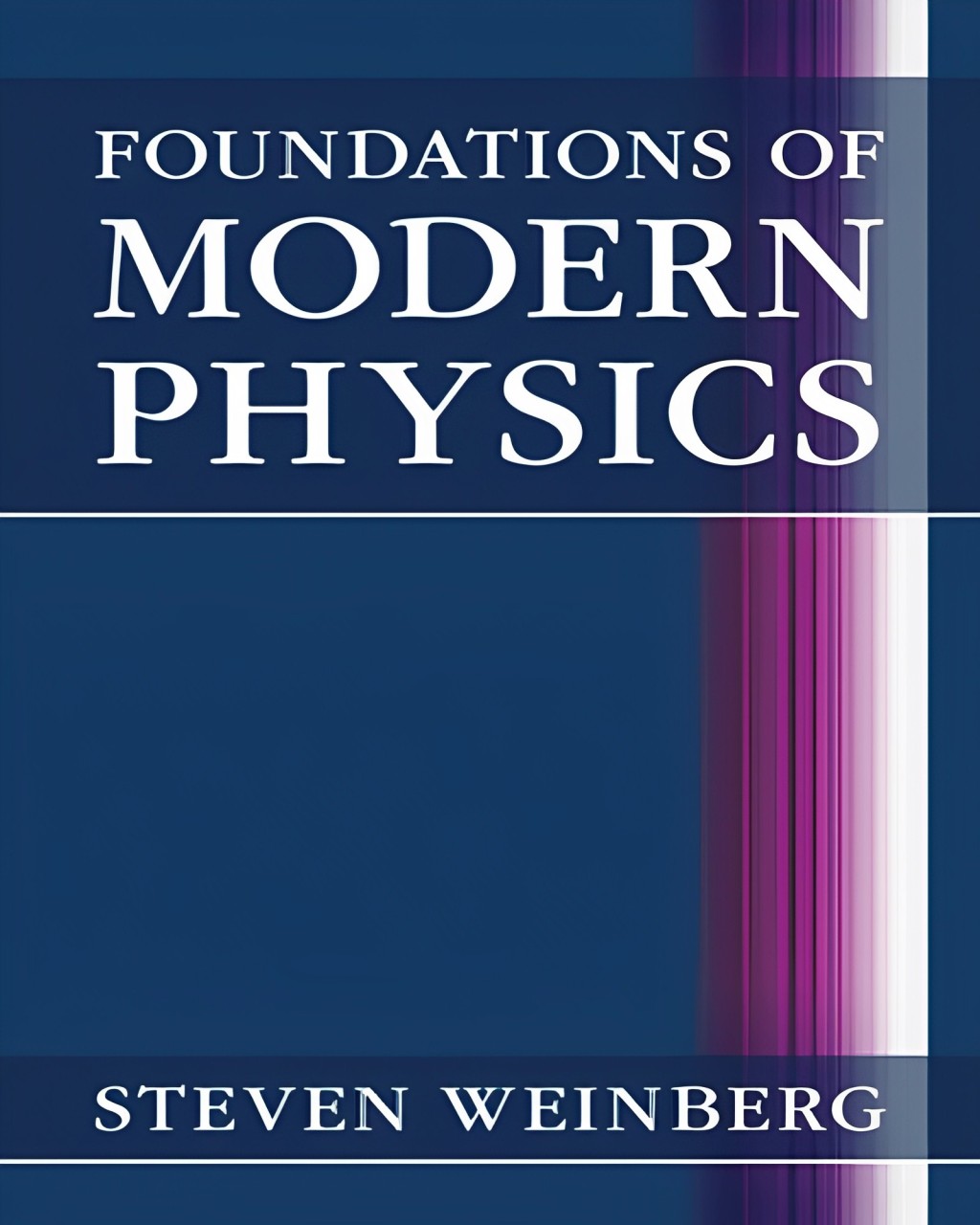

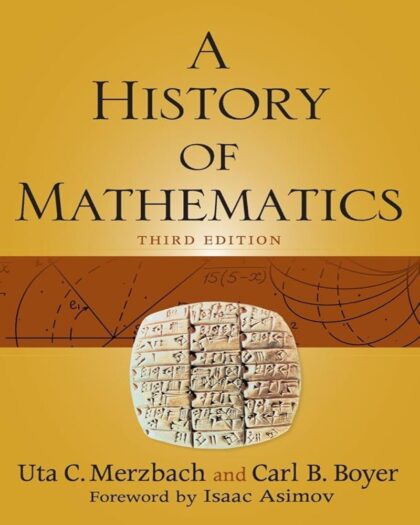
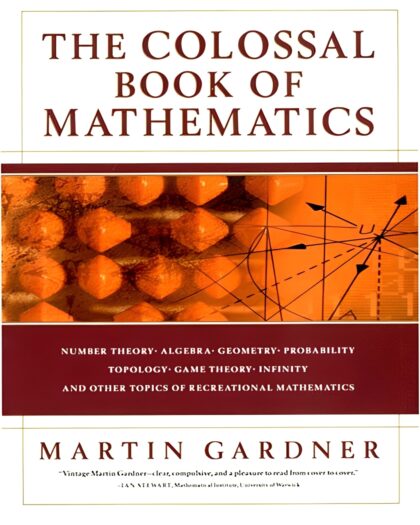
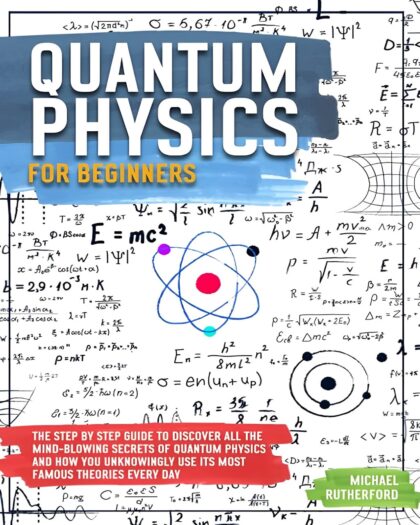
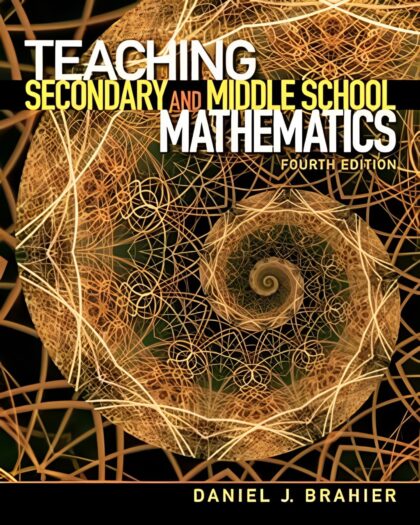
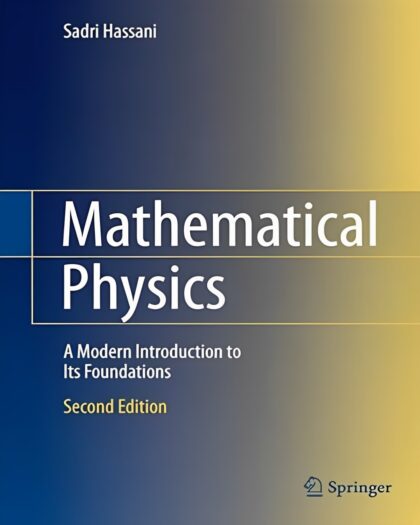

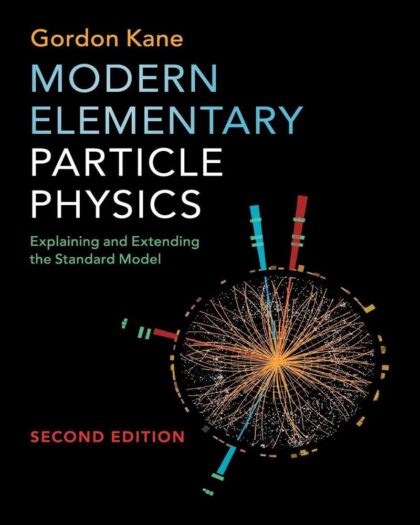


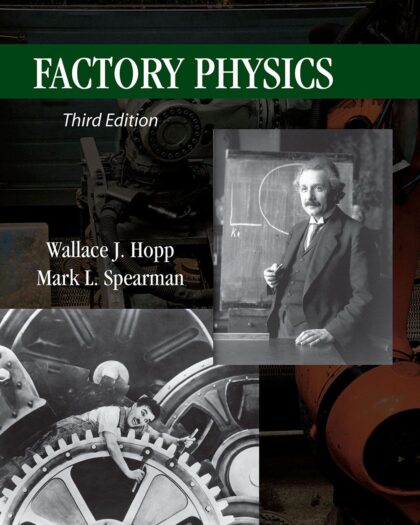
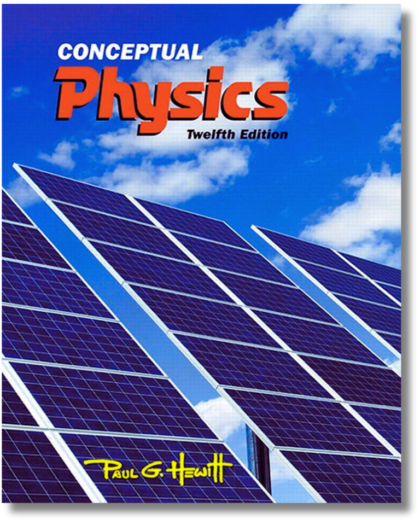
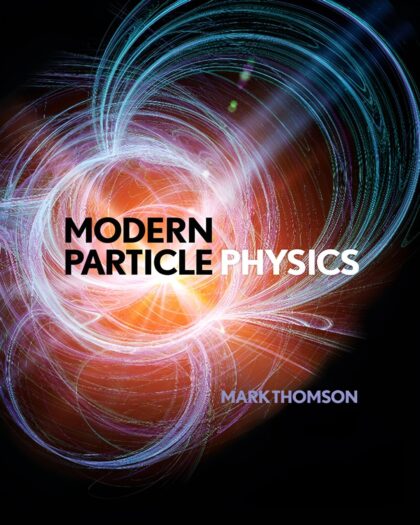
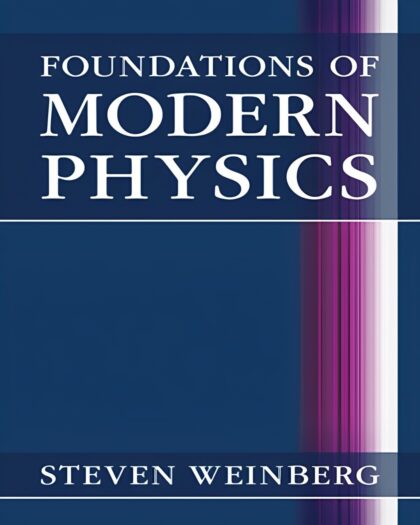
The hardback quality is excellent.
(1) Not one to shy from historical ruminations, Weinberg provides some background to whet the appetite. Along the way, keep your eyes open for Enrico Fermi and Willard Gibbs (Gibbs, in regards to the proof and generalization of H-Theorem (page 35) and Fermi, in reference to alpha-decay (page 235). If historically more motivated, read Weinberg's book: To Explain The World, especially his technical notes.
(2) Mathematics is used to great efficacy and in interesting manner (symmetry, dimensional analysis (page 60), power series expansion (page 49), inequalities (page 36). Calculus, in Weinberg's hands, becomes a sight to behold (I get the impression he truly enjoys using Calculus).
(3) Sometimes, an opinion makes its way into the prose: "The Majorana alternative seems to me a more economical and plausible view." (page 250, regards neutrinos). Read: "It is the introduction of the concept of probability into physics that creates an asymmetry between past and future." (page 37).
(4) Note: Max Born gets his due (equating one quantum postulate to another--see page 143, and top of page 145, also page 179) and through Born's exposition Atomic Physics (I add: many prerequisites can be located there). Weinberg refers to Born's appendix 33 (footnote, page 66). Enrico Fermi's "masterpiece of scientific exposition," Thermodynamics, is also referenced (page 24).
(5) I highlight the exceptional chapter on Relativity. Read: "It is a general rule that if the time-component of a four-vector vanishes in all coordinate systems, then the whole four-vector vanishes." (page 112) and "General Relativity is a theory of the gravitational field, a quantity that keeps track of departures from inertial frames." (page 102). Minkowski diagrams are absent (Mermin is good at describing those--see, Space and Time in Special Relativity).
(6) I highlight a section regards rotations (Read: "we would not want the rotation to change the total probability," pages 152-154). I highlight sections on charged particles in electromagnetic fields and gauge transformations (pages 195-198, and gauge invariance will recur). Brief, yet illuminating. You eventually arrive at Feynman diagrams (page 268), but in true Weinberg fashion, figures, diagrams, or pictures as pedagogic ploy, are scarce.
(7) We are reminded: "the wave-function is not a field--it is a representation of a physical state." (page 251). We are reminded: "the spin operator has nothing to do with positions and momenta." (page 154). Words of wisdom abound. There is a separate index for names and subjects. There are footnotes and a bibliography (take note: Landau and Lifshitz, Fluid Mechanics). 28 interesting problems for involvement concludes the book (#17: "suppose the electron has spin 3/2 instead of 1/2….what would you expect…").
(8) In conclusion: My opinion is to utilize a combination of Weinberg's 'Foundations' in conjunction with his 'Lectures on Quantum Mechanics' and as prelude to his opus of Quantum Theory of Fields. By all means, study his 'Gravitation and Cosmology' updated with his tomes on 'Cosmology' and the terse, but illuminating: 'Lectures on Astrophysics'. Good texts do not have to be voluminous, as Weinberg shows us.
And pair this with Richard Feynman's Lectures on Physics for a real entertaining introduction to modern physics...
However, I request that the Settings include an option to read this book in Dark Mode. My other Kindle books have this option; this one does not, either on my Google Pixel 6 Pro running Android 13, or on my LG Gram running Windows 11 x64 Pro.
Lester Ingber
The book is immaculately organized and skillfully, clearly, and succinctly provides tremendous insights into the processes by which many celebrated physicists identified and derived major breakthroughs in Modern Physics.
The major topics in the book include Atomic Structure Theory, Basic Thermodynamics, Special Relativity, Quantum Mechanics, Nuclear Physics, and Quantum Field Theory.
I particularly appreciate his book as an ideal text to review and relearn Modern Physics Foundations from the top theoretical physicist of our time.
Professor Weinberg's will be sadly missed by the scientific community.
Loved the detail information.